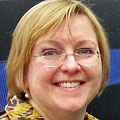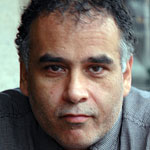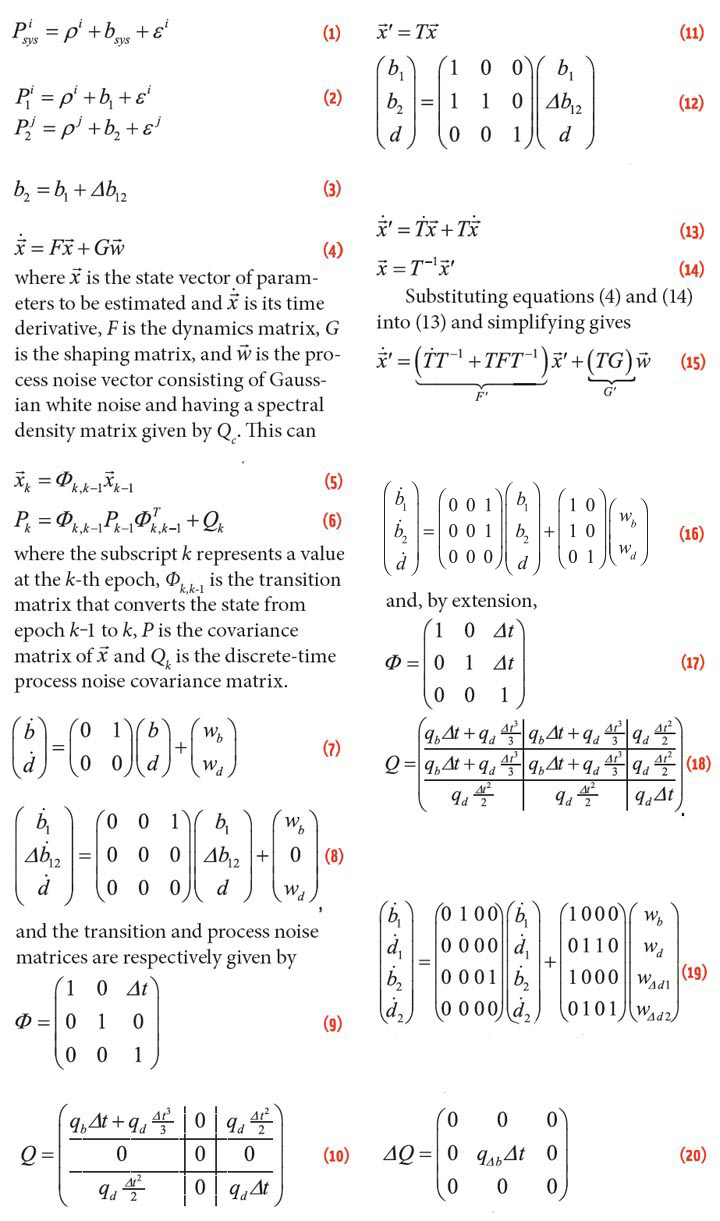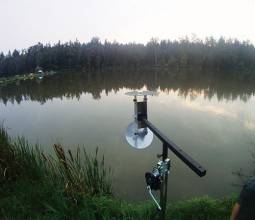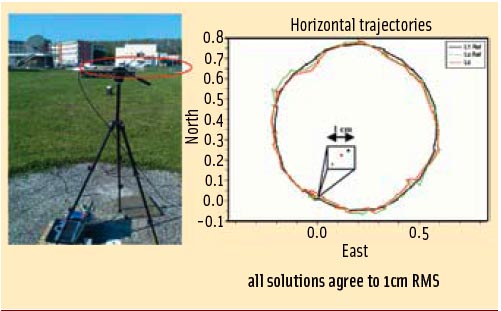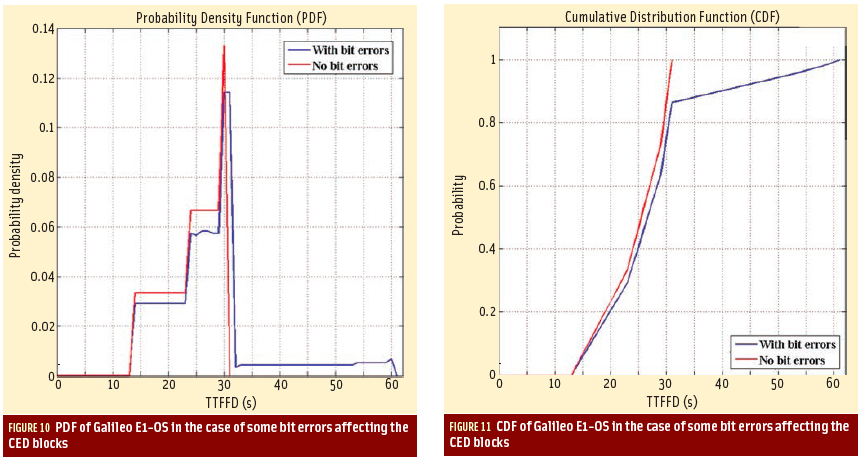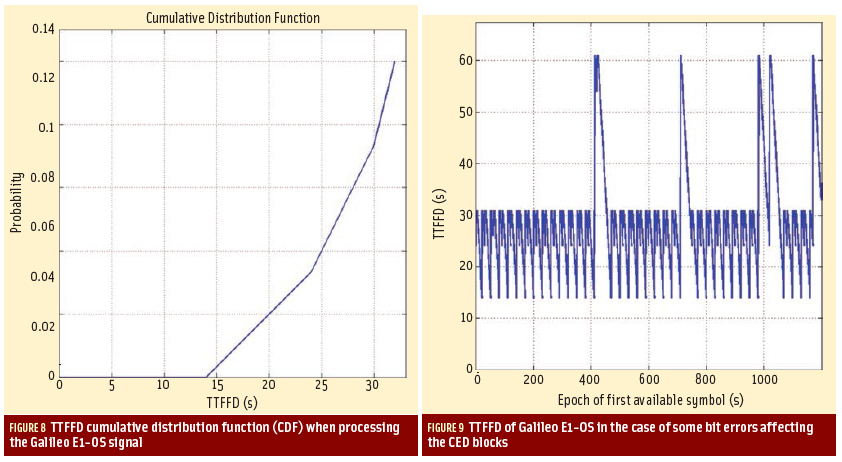Phones, Drones and Privacy
Every breath you take . . .
Every move you make
Every step you take
I’ll be watching you
I originally planned on titling this column, “Waiting to Inhale,” recalling these lyrics and an editorial I wrote more than four years ago about my sense of relief at the departure of the second Bush administration.
I called that one, “Waiting to Exhale.”
By Inside GNSS



